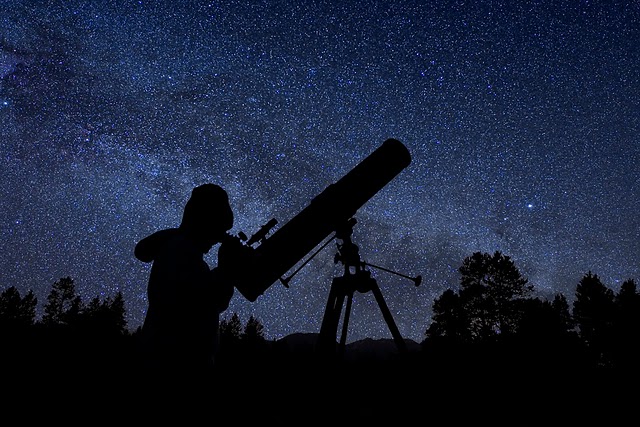Welcome Winter Solstice!

I know that Winter Solstice marks the deepest darkest night of the year but with that knowledge the Winter Solstice reminds me that the days are only going to get lighter and brighter. I understand the celebrations of years past and why folks would rejoice over a deep dark, cold day and night.
According to Wikipedia the winter solstice occurs exactly when the axial tilt of a planet’s polar hemisphere is farthest away from the star that it orbits. Earth’s maximum axial tilt to our star, the Sun, during a solstice is 23° 26′. More evidently from high latitudes, a hemisphere’s winter solstice occurs on the shortest day and longest night of the year, when the sun’s daily maximum elevation in the sky is the lowest.Since the winter solstice lasts only a moment in time, other terms are often used for the day on which it occurs, such as midwinter, the longest night or the first day of winter.
The seasonal significance of the winter solstice is in the reversal of the gradual lengthening of nights and shortening of days. Depending on the shift of the calendar, the winter solstice usually occurs on December 21 to 23 each year in the Northern Hemisphere, and June 20 to 23 in the Southern Hemisphere.
Culture to culture the interpretation of the event has varied but most cultures have held a traditional recognition of rebirth, involving holidays, festivals, feasts, gatherings, rituals and other celebrations around that time.
Today modern druids and pagans are dancing and singing at the ancient ruins in Stonehenge and I am celebrating internally knowing that a few more moments of sunshine are coming in the near future. To me it marks renewal and the opportunity to celebrate something as old as mankind and acknowledging the need for light in our lives. Let it shine friends!
~Summit Sojourning
Photo courtesy of the Keystone Science School
